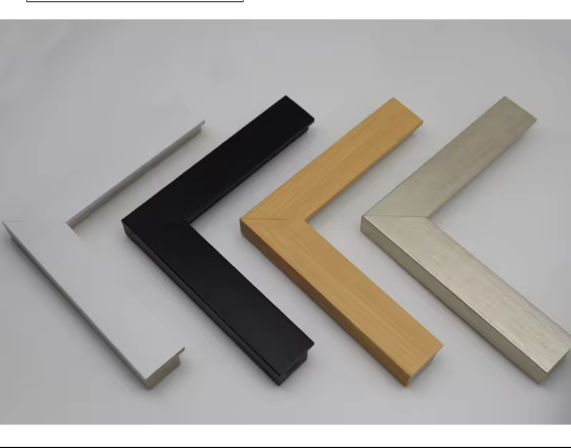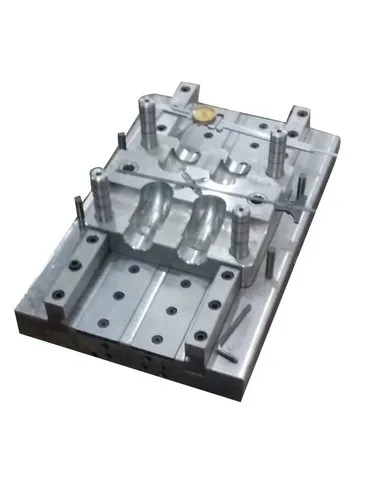Polyvinyl chloride (PVC) is one of the most commonly used plastics in the medical industry, largely due to its versatility, durability, and cost-effectiveness. PVC molding refers to the process of shaping and forming PVC material into various products and components. Below are the key applications of PVC molding in the medical industry:
1. Medical Tubing
PVC is widely used for manufacturing medical tubing, which is essential for various medical devices such as intravenous (IV) lines, catheters, and oxygen tubes. PVC’s flexibility, clarity, and biocompatibility make it ideal for applications where fluid transfer is required, such as for delivering medications, nutrients, or oxygen to patients. Medical-grade PVC tubing is also resistant to kinking and provides a smooth surface for uninterrupted flow.
2. Blood Bags
PVC is a material commonly used in the production of blood bags and other fluid collection systems. It offers excellent strength and durability, which are critical for storing and transporting blood safely. The material’s transparency allows for easy monitoring of the blood’s condition. Additionally, PVC can be formulated with additives to enhance its resistance to bacteria and other pathogens, which is crucial for maintaining sterility in medical applications.
3. Medical Packaging
PVC molding is widely used to create packaging for medical devices, pharmaceutical products, and sterile equipment. Medical packaging needs to maintain a high level of sterility and safety, and PVC is an excellent material for creating protective blister packs, trays, and containers. These molded packaging solutions help keep medical products sterile during transportation and storage and ensure that they are easily accessible when needed.
4. Surgical Instruments
PVC is commonly molded into surgical instrument handles, such as those used in forceps, scalpels, and scissors. PVC offers a balance of durability and flexibility, making it a safe and cost-effective material for creating non-sterile components of surgical tools. These molded handles often feature ergonomic designs, allowing healthcare professionals to use them comfortably during surgeries.
5. Orthopedic Devices
PVC molding is also used in the production of orthopedic devices such as splints, braces, and casts. PVC provides the necessary rigidity and strength to support injured limbs or joints while still being lightweight and relatively easy to handle. The material can be easily molded into specific shapes to match the contours of the body, offering comfort and effective support for patients.
6. Dialysis Machines
PVC components are integral to dialysis machines, where the material is used in various parts such as tubing, filters, and dialyzers. PVC’s resistance to chemical reactions makes it ideal for handling the fluids involved in dialysis treatments. Moreover, its ability to be sterilized by autoclaving ensures that the components remain safe for use in repeated treatments.
7. Patient Monitoring Systems
PVC is used to manufacture components in patient monitoring systems, such as electrodes, leads, and sensors. These parts often need to be flexible, lightweight, and resistant to biofluids, and PVC meets all these criteria. PVC molding allows manufacturers to create high-quality, precise components for accurate patient monitoring, helping doctors and healthcare providers to track a patient’s condition in real time.
8. Dental Products
PVC is also widely used in the dental industry. Components such as dental trays, impressions, and orthodontic devices are often molded from medical-grade PVC. The material is non-toxic, durable, and resistant to wear and tear, making it a practical option for dental procedures. PVC can be easily sterilized, which is important for preventing cross-contamination during dental treatments.
9. Wound Care Products
Wound care products, such as dressings, bandages, and wound closure devices, are often made from PVC. Its non-reactive and flexible nature makes it an ideal material for creating wound care solutions that promote healing while being gentle on the skin. PVC is often used in the construction of bandage tapes, adhesive strips, and hydrocolloid dressings.
10. Inhalation Therapy Equipment
PVC is also used in the production of inhalation therapy devices like nebulizers, inhalers, and masks. These devices rely on PVC to create airtight seals, ensuring that the medication is delivered efficiently to the patient’s respiratory system. PVC’s ability to be molded into specific shapes makes it well-suited for creating the necessary components of these devices.
Conclusion
PVC molding plays a critical role in the medical industry due to the material’s versatility, ease of sterilization, and biocompatibility. From medical tubing and blood bags to orthopedic devices and surgical tools, PVC molding is indispensable in creating essential components that contribute to patient care and safety. With ongoing advancements in medical technologies, PVC will continue to be an important material for the design and production of a wide range of medical products.


